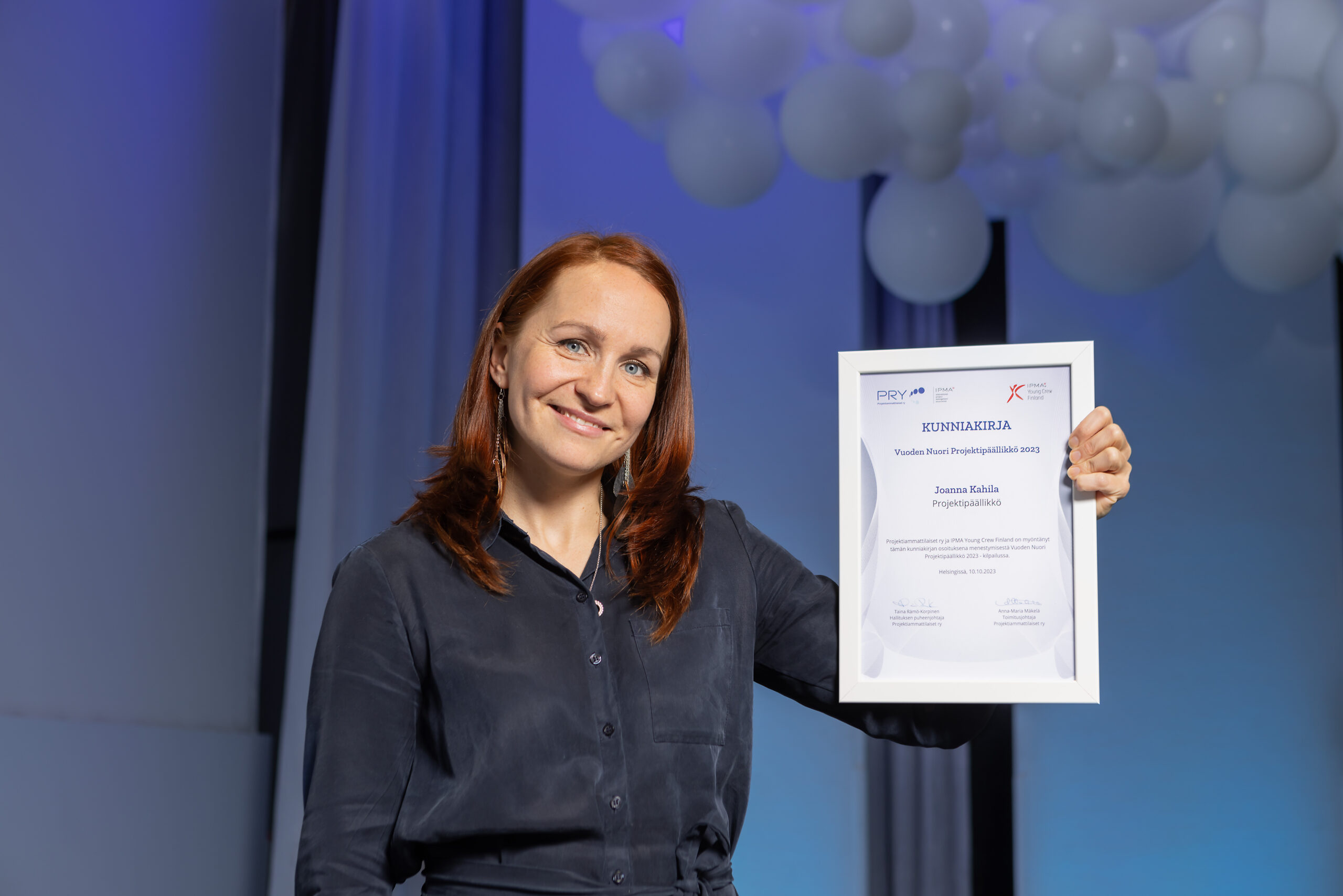Tero Ojanperä, professor of working life at Aalto University and founder of the AI company Silo AI, encourages companies to use AI more widely, starting with strategy work. In the midst of the AI revolution, it is important to ensure the accuracy of information and ethical principles of AI use.
Text by Veera Niemelä

Tero Ojanperä co-facilitated the autumn 2024 Kakola workshop on AI strategy.
Tero Ojanperä became interested in artificial intelligence during his studies at the University of Oulu. Already in 1989, he wrote about the subject in the guild magazine of his student organisation. Since then, he has become a leading Finnish AI expert, founding a company specialising in AI solutions and currently lecturing on AI at Aalto University.
– AI as a term was coined in the 1950s, but it was only in the 2010s that AI was born, because that’s when AI processors started to become powerful. AI requires a lot of computing and computing power, so in the past it wasn’t as feasible to use it,” says Ojanperä.
Although AI has been around since the 2010s, it has only entered the mainstream in recent years, for example with ChatGPT. Ojanperä points out that the technology revolution usually takes a long time, about 20 years for one technology.
AI improves labour productivity in three waves
Ojanperä distinguishes between two different types of AI. Deep learning AI, which is one form of machine learning, is already widely used in society. Its era began in the 2010s, when computing power became efficient enough. As an example, Ojanperä cites a paper machine that can predict when it will break down and suggest maintenance measures. The latest form of AI is generative AI, which, as its name suggests, can create entirely new content. One such example is ChatGPT, launched in 2022.
AI productivity can be divided into three waves, i.e. different levels at which AI can be used to improve labour productivity. In the first wave, individuals use AI to make their own work more efficient, such as writing reports or solving problems.
In the second wave, AI will be used to improve processes at the organisational level. This can mean, for example, automating the creation of reports.
In the third wave, AI is integrated into a company’s product or service. This is the most interesting for Ojanperäki.
– When you put AI into an enterprise product, it becomes much more scalable. When AI automates specialist work, it scales without the need to increase the number of employees,” he says.
AI strategy clarifies objectives
The use of AI in a company can start with a low threshold, but a systematic plan is needed for more widespread adoption. Ojanperä recommends that companies draw up an AI strategy. The strategy defines the company’s goals for using AI, such as improving operational efficiency or profitability, and how AI will be used in the company.
– An AI strategy helps to create a common vision within the company about the goal of using AI. Often you see different AI experiments being carried out, but they don’t lead anywhere because there is no bigger goal,” says Ojanperä.
AI is an advanced strategy helper
AI can also be a valuable tool in a company’s strategy work. For example, it can be used to analyse the external environment and identify new business opportunities.
– You can ask AI to analyse trends that are of interest to your business. Then you can ask how your company could take advantage of these trends,” Ojanperä illustrates.
AI can be used to analyse different scenarios and identify risks, helping to build the most complete business strategy possible.
– You can ask the AI to create an optimistic scenario, a pessimistic scenario or a scenario where a certain trend occurs, allowing you to analyse different business opportunities. You can also ask the AI to analyse your competitor and, based on their strategy, make suggestions on what you should do,” Ojanperä continues.
You can also learn more about potential customers, for example by analysing their websites and asking AI to identify what your business could offer them.
Humans are needed to ensure the accuracy of information
In AI, as in all other business activities, security and privacy must be taken into account: free versions should not be fed with confidential data, as this can be used to teach AI and could fall into the wrong hands. Ojanperä suggests that paid versions of ChatGPT and Microsoft Copilot, for example, can be used securely.
AI answers should not be trusted uncritically. AI can be “hallucinatory”, i.e. it can produce answers that sound reasonable but are in fact incorrect or contain factual errors.
– These types of phenomena can be reduced by linking AI to the database. Then it can look up the desired information in the database and answer the questions smartly and correctly,” says Ojanperä.
He stresses that the best way to ensure the accuracy of the information generated by AI is to draw up a company’s own ethical principles for the use of AI.
– It looks at how AI is used in our business and how we ensure that it works in an ethically sustainable way. The principles could be about how to ensure that the data used by AI is of good quality.
Artificial intelligence will continue to evolve, but to what end?
– Artificial intelligence will become more widespread. It will become more commonplace and will be part of our everyday lives. That’s why everyone should understand it on some level,” says Ojanperä.
AI is and will continue to have a significant impact on many people’s lives – Ojanperä foresees that, for example, certain jobs will disappear as AI develops.
– In many cases, the data retrieval and summarisation tasks performed by junior staff will be handled by AI. On the other hand, AI will allow a human with even lower skills to do more complex tasks,” he says.
We are already seeing the development of artificial intelligence. For example, ChatGPT has evolved significantly over its lifetime. Its language models have evolved, and the new o1 model is even better at reasoning and solving more complex problems. Image and video creation and voice cloning with AI have taken leaps forward. But the future is still open.
– The debate is now about whether there will come a saturation point at some point where the development of intelligence will come to a halt. That is difficult to predict. Another big debate is what data can be used to teach AI, where the data comes from, whether it can be used freely and whether the data owner should be paid for it,” says Ojanperä.
Tero Ojanperä

A professor of working life at Aalto University and board member of several companies, he has made a distinguished career in artificial intelligence. The techie from Ostrobothnia went on to lead the Nokia Research Centre at the University of Oulu and to become Nokia’s Director of Strategy and Technology. Since then, he has also worked as a start-up investor. In 2017, Ojanperä founded Silo AI, a company focused on artificial intelligence solutions, which grew to a 300-person company. The company was sold in the summer of 2024 to the US-based AMD. Ojanperä’s academic career has run parallel to his career in the corporate world, and he holds a PhD in technology.
Ojanperä is originally from Vihanni and now lives in Espoo with his wife and dog. His adult children have already moved away from home. AI topics are also visible in his free time – Ojanperä produces social media content about AI with the hashtag #AiTero, as he wants to spread knowledge about AI and popularise it. Triathlon, weightlifting and various types of wooden boats are also close to his heart.


